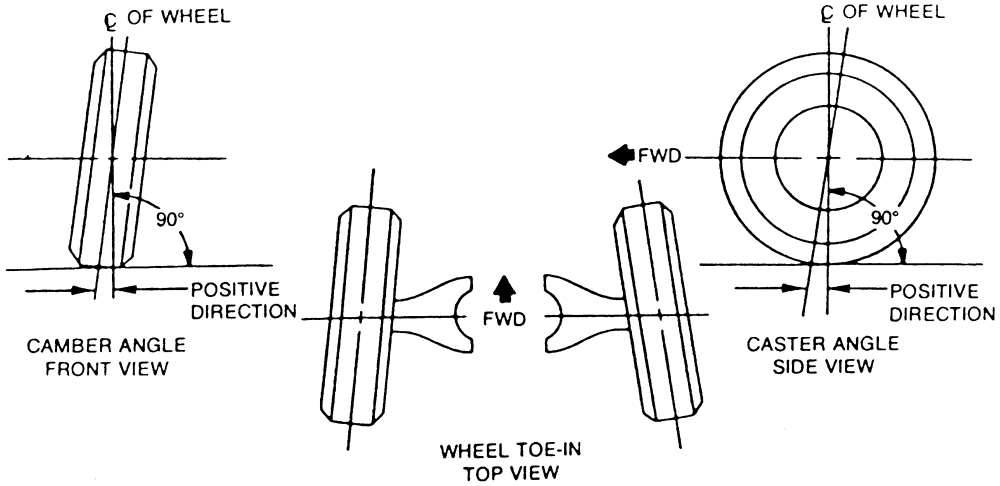Maintaining the tyres of your vehicle is one of the major jobs that might affect your vehicle safety and also your wallet. Irregular tyres would not only wear and tear before time but would also lead to bad suspension and mishandling of the vehicle, thus proving fatal in some cases. To avoid this, wheel alignment is done.
But do you know what does this wheel alignment include and how are things are rectified? Have a look.
There are basically 3 components: Camber, Castor and Toe that can be tweaked so as to get the perfect setting for your vehicle. Vehicle manufacturers choose these settings after spending lot of time in R&D center. Therefore, that should be the ideal settings you should go with on public roads, unless you want to modify your car for racetrack / competition.
CAMBER
Camber is the angle between the wheel alignment and the virtual perpendicular line from the tyre surface contact. When the tyres are in a straight contact, the camber is said to be zero degree. Camber is said to be negative when the upper part of the tyre is tilted inwards for better traction at corners by increasing grip. Also, if the upper part is away from tyre towards outside, the camber is said to be positive and is mainly beneficial for stability and maneuverability by increasing straight line stability. Zero camber improves contact to the tarmac and hence provides more acceleration, braking and stability.
CASTER
Caster angle is the angle between the pivot line(imaginary line that runs through the center of upper ball joint to center of lower ball joint) and a vertical line. Castor is said to be positive if the line makes a forward inclination. Castor is negative if the line is inclined backwards. Generally, positive angle increases high speed stability and tyre lean while turning but, this comes at a cost of increased steering effort.
TOE
Angle derived from upper top when the wheels are inwards or outwards. Toe is positive when both tyres are tilting towards each other. Positive toe increases stability and manuverability but reduced cornering ability. Negative toe means tyres tilting away from each other. It increases cornering ability but also leads to wear and tear of tyres. It also compensates the understeer in front wheel drive cars but including oversteer. So, Toe in improves stability and toe out improves cornering ability.


